Ketogenic Supplement Reviews - Ryan Weaver - Nov 16, 2019
NOTE: CCFSH puts out this info for debate and discussion. It does not subscribe to one diet over another.
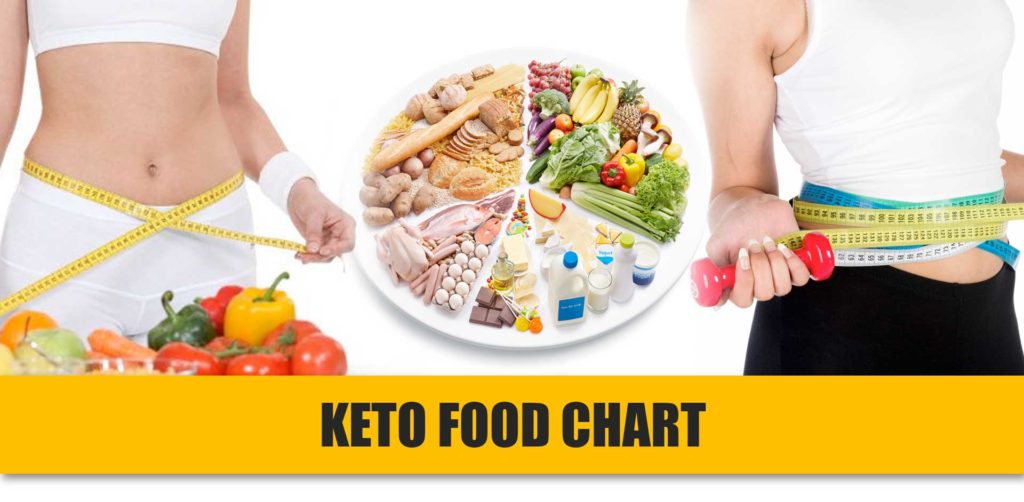
Adhering to the keto diet is one of those things that’s easier said than done. Take heart though. Typically the reason folks have a hard time sticking with it is that they lack proper information regarding what they should and shouldn’t eat. So below we’re going to provide that with our keto diet food chart.
The Basics of the Food Groups
As a general rule you want to stick to the following food groups:
- Fats and Oils - Fats are one of the essential components of the low-carb diet. They’re going to provide the energy your body uses instead of carbs. Look for natural fats in meat and nuts.
- Vegetables - Focus on green, leafy vegetables. Whether they’re right out of the ground or right out of the freezer at the supermarket isn’t important.
- Protein - Since meats are virtually sugar-free, they’re an excellent source of protein. Just don’t overdo it.
- Dairy - A lot of folks get tripped up on dairy because they buy heavily processed items. Stick with things like the more traditional harder cheeses and full-fat milk.
- Nuts - Nuts are a good source of natural fats. Almonds and macadamias are particularly useful.
- Beverages - No soda and beer is also a no-no. You’ll find some disagreement on this but mostly among those who are trying to have their cake and eat it too. Stick to water. It’s not glamorous, but it gets the job done.
Now that we have the general keto food chart sketched in let’s take a closer look at each food group.
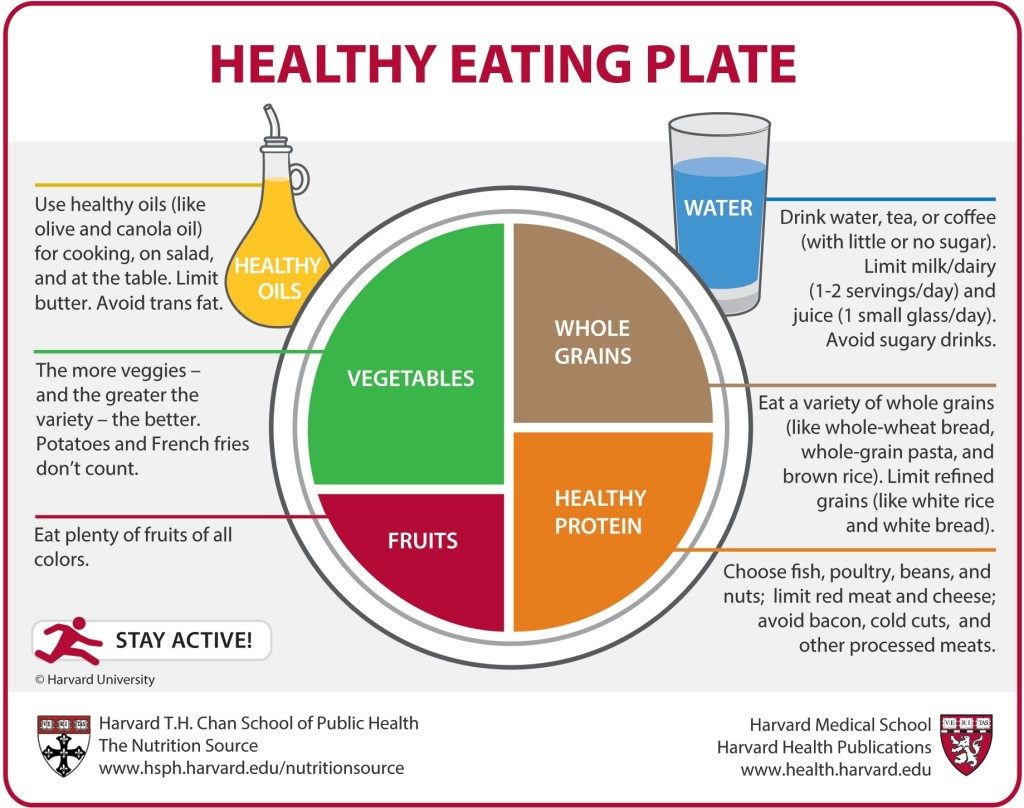
1. Fats and Oils
Remember on the lifestyle you’re going to transition from using carbs as your power source to using fats. Here is a brief overview of the different types of fat, which ones are good for your routine and which ones are not.
- Saturated fats - Good. Sources include butter, lard and coconut oil.
- Monounsaturated fats - Good. Sources include olive oil and avocado.
- Polyunsaturated fats - Good and bad. Good sources include fish and animal protein. Bad sources include margarines.
- Trans fats - Bad. Avoid like the plague.
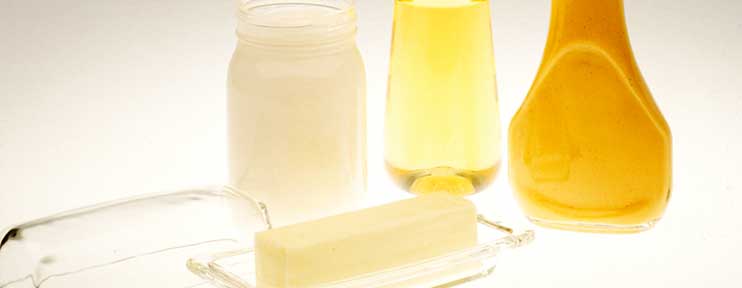
Note: Any vegetable oils should be cold pressed.
2. Vegetables and Fruit
There are no mysteries here. Stick mostly to the green leafy vegetables, especially the darker ones like spinach and kale. Limit your intake of the following:
- Onions, garlic, mushrooms, parsnips, squash, tomato, peppers and eggplant.
- Raspberries, blueberries, blackberries, lemons, limes and oranges.
- Starchy stuff like potatoes and bananas should be avoided outright.
3. Protein
With protein, you’re going to have to be careful because, while it’s important, too much can produce excessive amounts of glucose. Moderation is the key. Here are some excellent sources of protein for your keto food chart:
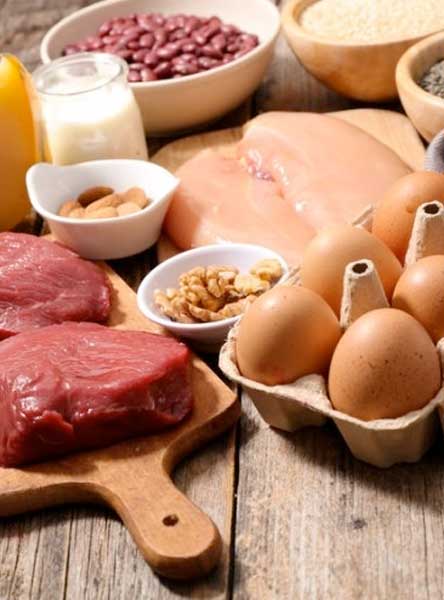
- Fish - Fatty fish is a plus. Tuna, trout, salmon, cod, mackerel, halibut, etc.
- Shellfish - It’s all good here. Again though, moderation.
- Eggs - Hard boiled, poached and deviled. Scrambled okay if you use the right oil.
- Beef - Stick with the fattier cuts and watch what you cook them with.
- Pork - Fresh is good. Processed hams etc. are a distinct no-no.
- Poultry - Again, fresh poultry is excellent. Processed poultry products like chicken loaf are not.
- Offal - Not everyone’s cup of tea but a great source of essential vitamins.
- Bacon/Sausage - Tricky. In theory, yes. You need to be careful though to avoid sugar-cured bacon or sausages that contain sugar. And lots of them do.
4. Dairy
Dairy is a potential problem because it’s so often heavily processed. You should limit your dairy intake to organic or raw items such as:
- Cottage cheese, cream cheese, sour cream etc.
- Hard cheeses like parmesan, feta, real Swiss (not the heavily processed stuff) and cheddar.
- Heavy whipping cream and Greek yogurt.
- Mayo (in moderation) and alternatives that include dairy (but not sugar or other no-no additives).
Dairy is often the reason folks fall off the keto wagon. It’s essential that you stay away from processed dairy products and that, when you do consume dairy, that you consume moderate portions.
5. Nuts
Like dairy, nuts and seeds are a mixed bag. Some are a good source of the natural fats you’re looking for, and some are to be avoided altogether because they’re high in carbs. Here’s a list of nuts and seeds to include and not include on your keto food chart:
- Good - Low carb, fatty nuts like macadamias, Brazil nuts and pecans.
- So-So - Moderate carb, fatty nuts like almonds, peanuts, pine nuts and walnuts.
- Avoid - High carb nuts like cashews and pistachios

6. Beverages
Dehydration is something to always be on guard for when on the low-carb diet because it has a natural diuretic effect. As such there’s no excuse for not drinking plenty of water every day. Any reputable keto food chart should insist on eight glasses a day. Some will recommend a gallon of water a day. We don’t know if we’d go that far, but eight glasses should be the minimum. Here are some other beverages that are typically okay on the lifestyle:
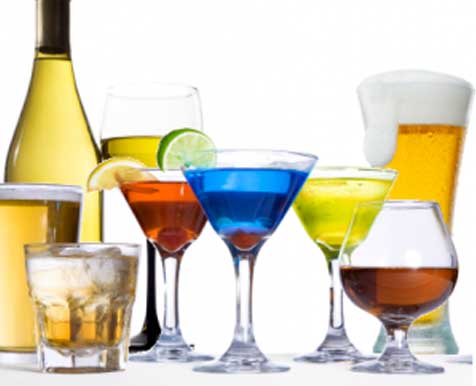
- Coffee - Make sure it’s not in the form of those premixed single servings as they are 80% sugar.
- Tea - Nothing wrong with a cup of black or green tea. Just hold off on the sugar.
- Diet soda - Nothing wrong with it in principle and in moderation. Where it becomes tricky is that it sometimes triggers sugar cravings.
- Coconut milk - Unsweetened versions are fine. Almond milk too.
- Hard liquor - We’re not going to advocate drinking Scotch with every meal but a shot now and then is fine. Beer, however, is a carbohydrate nightmare and should be avoided.
What About Condiments, Sweeteners, Spices and More?
People who fail to maintain a state of ketosis are often dumbfounded as to why. In many cases, the culprit is something like alcohol, but in other cases, the responsible party is the condiments they add to their food or the spices or the sweeteners they’re using. So let’s take a look at these hidden dangers.
- Spices
The problem with spices is that they contain carbs. So when people add them to their dishes to ratchet up the taste a bit, they’re also undermining the low carb nature of their meal. This is especially true of premixed spice packs that often have sugar mixed in. Spices such as cinnamon, cayenne pepper, basil, cilantro, oregano, and chili powder are typically okay to include in your keto food chart, but only in modest amounts. To be safe, you can’t lose by sticking to (sea) salt and pepper.
- Condiments
One reason so many condiments taste so good is that they’re loaded with sugar. So slathering your food with standard ketchup is a surefire way to kick yourself out of ketosis. The following condiments are typically okay for keto if consumed in small amounts:
- Low or no-sugar ketchup
- Mustard
- Mayonnaise
- Low or no-sugar relish
- Hot sauce
- Horseradish
- Worcestershire sauce
- Fatty salad dressings
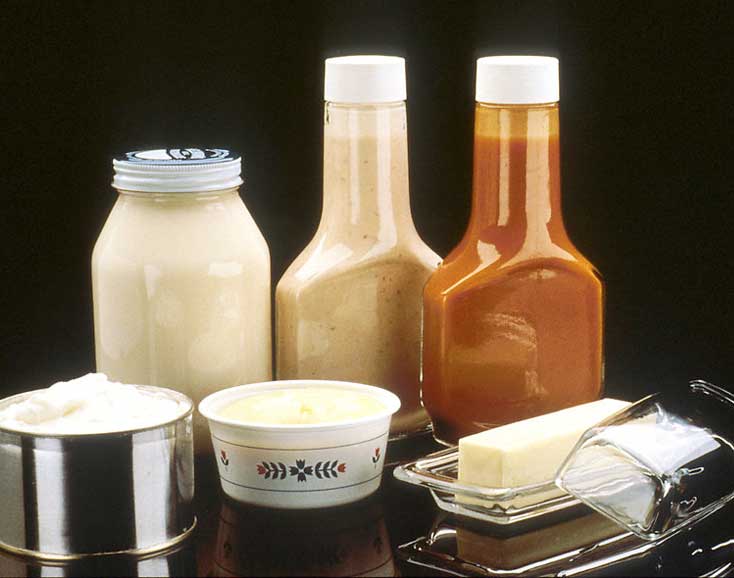
Again, there are no mysteries here. For the most part, it’s a matter of reading the labels and avoiding those that contain sugar.
- Artificial sweeteners
Some sweeteners are better than others, and instead of listing all the sweeteners you shouldn’t use our keto food chart will list the ones that are generally okay.

- Erythritol
- Stevia
- Sucralose
- Xylitol
- Any blend of the above
The Different Foods to Avoid
As we near the end of our keto diet food chart it’s essential that we leave you with a bright idea of the foods that are definite no-nos when it comes to the ketogenic diet. Sometimes all the details only serve to confuse people. So here is a simple list of foods to avoid when on the low-carb lifestyle.
- Anything with sugar in it - That’s a lot of different foods to be sure but maybe it would help to think about it this way: The Romans of ancient history - love them or hate them - never ate a single spoon of sugar and they did pretty well for a thousand years or so. The point is it’s possible to both avoid sugar and thrive. You just have to be careful.
- Grain-based foods - That includes bread, cereal, cake, pasta, pastry, rice, corn, tortillas, and beer.
- Starch - That includes potatoes, yams, oats, peas, beans, legumes, pretzels, wheat flour and more.
- Large fruit - No apples, oranges, cantaloupes, watermelon or bananas.
- Trans fat - This mostly means margarine or other spreadable butter replacements.
- Anything low fat - “Low fat” on the label almost always means high carb and high sugar inside.
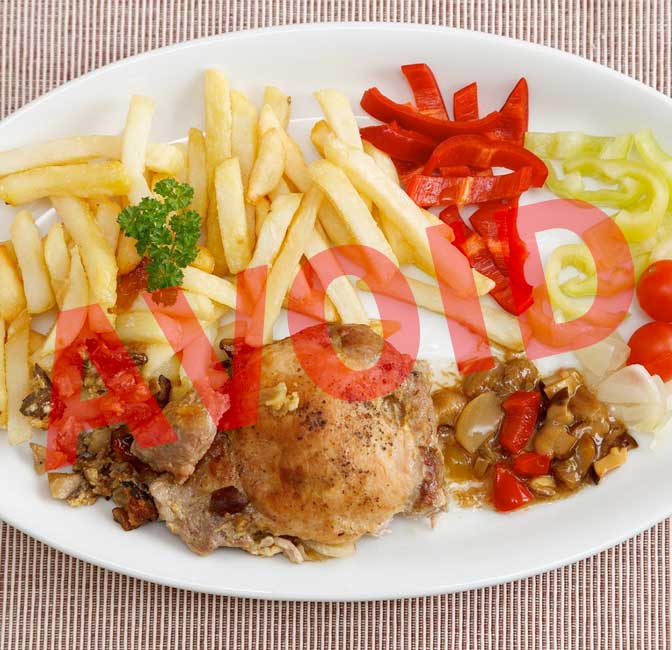
As a general rule, any food that was created in a bakery or factory should only be on your keto food chart as food to avoid. There are some exceptions, but don’t take a chance unless you read the label first and it passes keto muster.
Dealing with Cravings…
When you’re first starting out, you’ll likely be beset by food cravings in general and sugary cravings in particular. The general food cravings may be the result of a lack of nutrients so you may need to do a better job of adjusting and balancing your dietary intake. Sugar cravings are to be expected when you stop eating sugar. You’re going to have to tough it out. They will pass.
